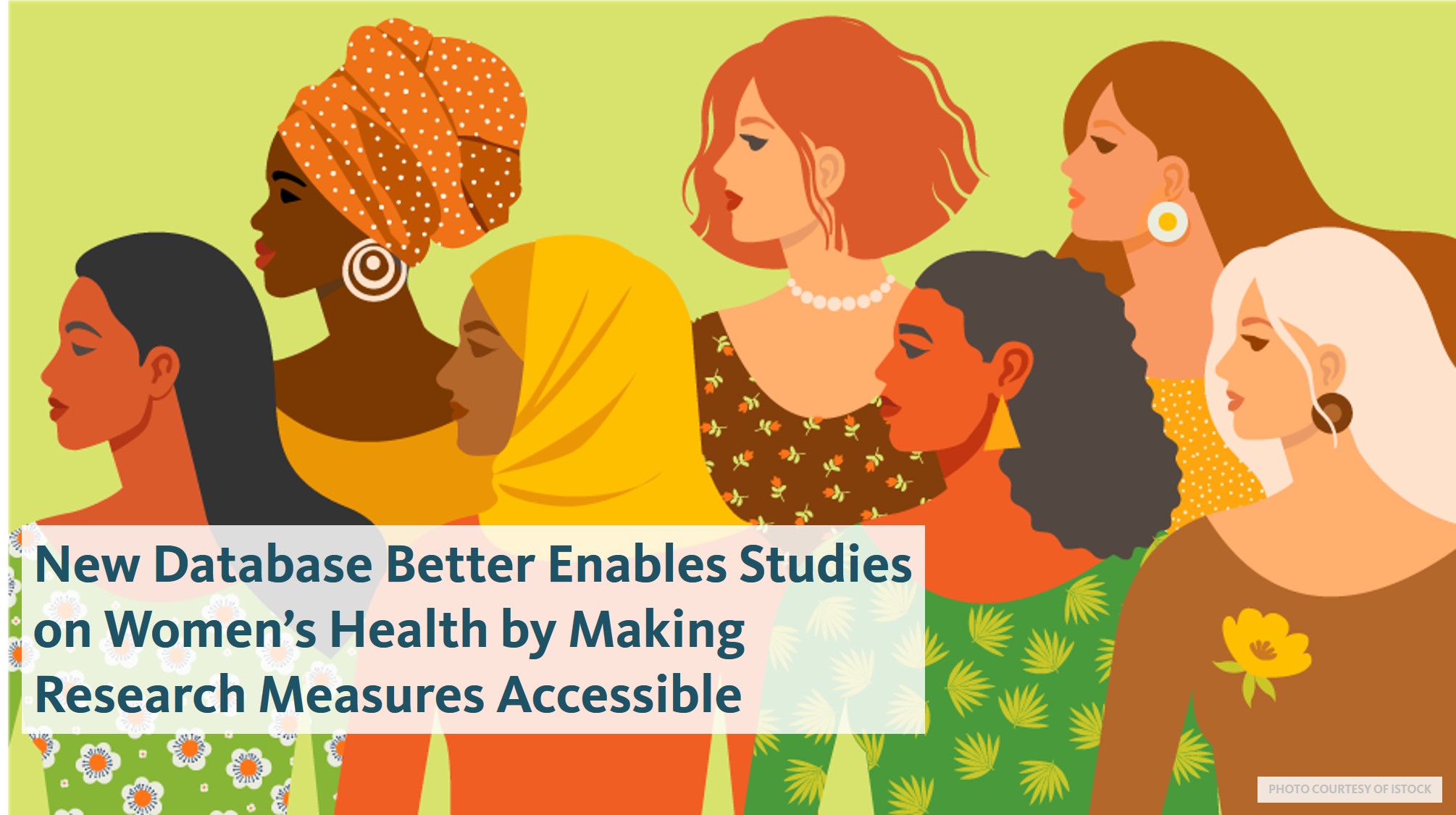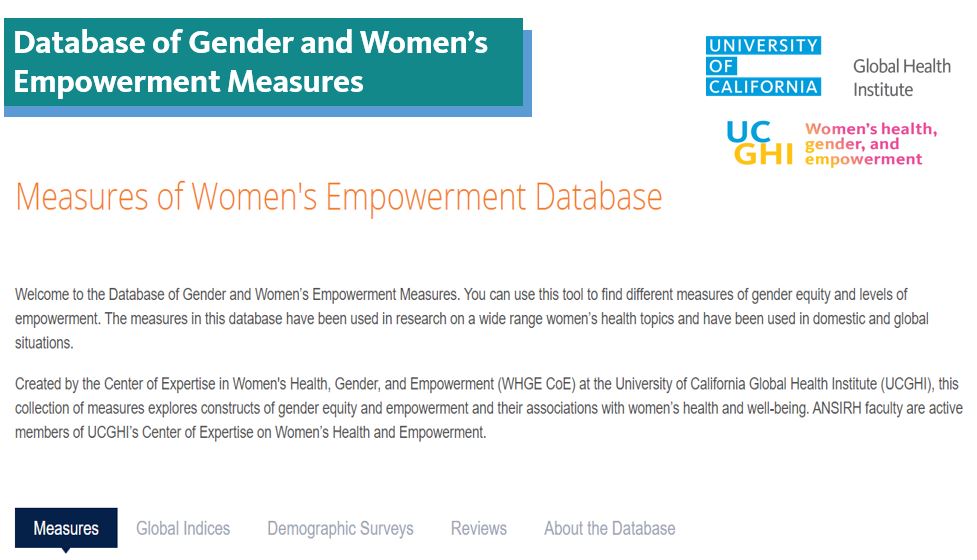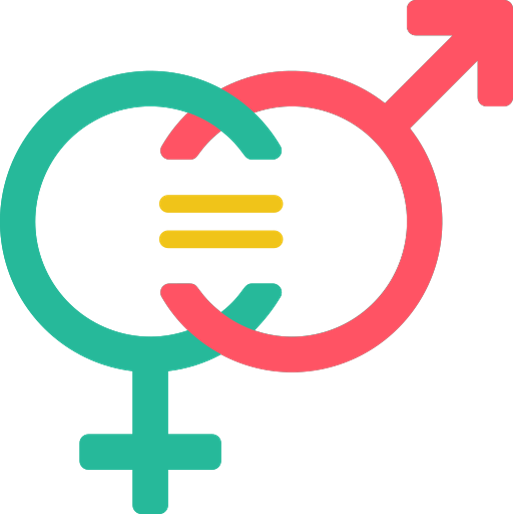
Women’s health researchers now have a new tool to help them with their projects—EmpowermentMeasures.org, a Database of Gender and Women’s Empowerment Measures—through the work of the UCGHI Women's Health, Gender, and Empowerment (WHGE) Center of Expertise.
“We often receive requests from researchers for guidance on identifying measures of gender and women’s empowerment that are right for their project,” said Ushma Upadhyay, Director of Research at the WHGE Center of Expertise and an associate professor in the Department of Obstetrics, Gynecology, and Reproductive Sciences at the University of California, San Francisco. “This was a way of getting them all in one location and abstracting important details about them.”

To researchers, measures are concrete ways of evaluating something that might be less tangible. For example, Upadhyay said, a commonly used measure of women’s empowerment is a survey asking about 10 questions on who has the final say in making decisions within a household. Examples include in purchasing small items or clothing, in purchasing land, in deciding whether the family is going to visit relatives, or in choosing a source of health care for the woman or children in case of illness.
“This is one typical measure where you add up the number of items where the woman has the final say, and some researchers use that as an indicator of women’s empowerment,” she said.
The database is the culmination of work by a team of University of California students, staff, and alumni and WHGE researchers. To create it, members of the team conducted an extensive review of women’s health and empowerment research published after 2000.
Articles that included a measure of women’s empowerment, gender equity, or gender norms that related to women’s health issues, such as cancer, mental health, sexual and reproductive health, and violence, were included. As new measures are developed and appear in the research literature, they will be added to the database, Upadhyay said.

The database is searchable by the name of the measure, research topic, or keyword, which makes finding applicable measures easy for researchers. The database includes only measures that have been used in published research and validated. This means each measure has undergone a systematic process of expert review and statistical analysis to demonstrate it is effective and accurately measures what it is intended to.
A measure may have a number of uses. For example, the Gender-Equitable Men (GEM) scale is a 24-item measure that evaluates attitudes toward gender norms. It was first developed among a sample of young men in Brazil and was found to be linked to less self-reported partner violence and more contraceptive use among the research participants.
In another project, a group of researchers who used the scale with adolescent girls and young women in Mpumalanga Province, South Africa, found that higher scores were protective against acquiring HIV and herpes simplex virus up to five years later.
“These results suggested to health workers that programs that aim to increase gender equity could be used to improve the health of adolescent girls and young women,” Upadhyay said.
Research over many decades has shown that empowerment for women and gender-equitable attitudes protect women's health and children's health and improve family outcomes, Upadhyay said.
“There is an incentive for anyone who is interested and cares about population health to try to improve and address gender equity and women's empowerment,” she said.
